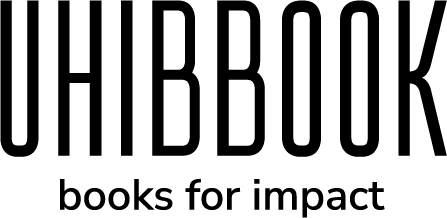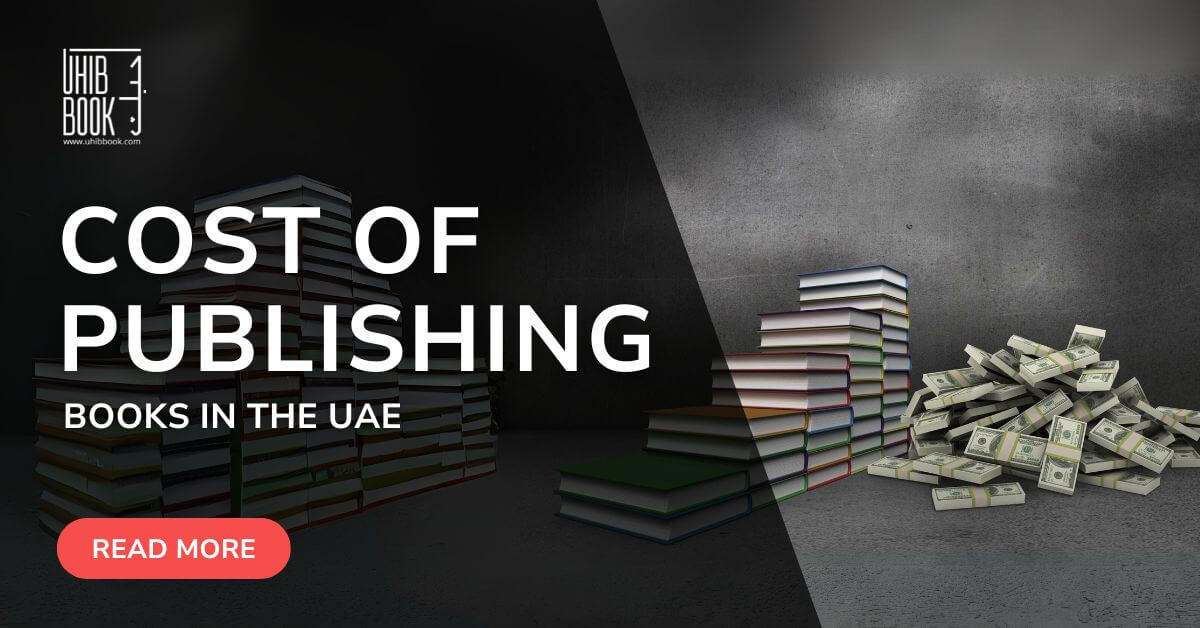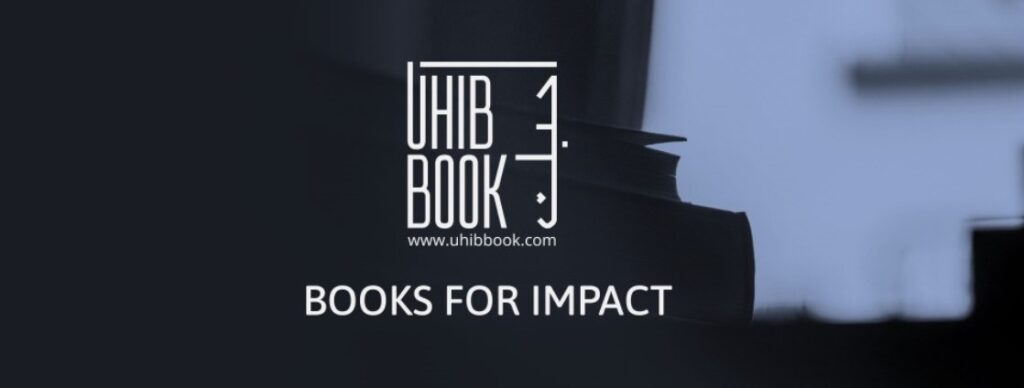Introduction: Navigating the Complex World of Book Publishing
#1 – Understanding the Landscape of Book Publishing:
Publishing a book is a multifaceted journey, and understanding the intricacies of the process is crucial for any author. Whether you’re a seasoned writer or a budding author, delving into the realm of book publishing requires a comprehensive grasp of the landscape.
#2 – The Impact-Driven Mission of Uhibbook Publishing
Uhibbook Publishing emerges as an independent publishing house with a mission to create books for impact. Focused on fostering positive social change, they extend support to local authors in the UAE, guiding professionals and corporates in their writing and publishing endeavors.
Decoding the Average Cost of Publishing a Book
#1 – The Wide Spectrum of Book Publishing Costs:
The cost of publishing a book can vary significantly, ranging from minimal expenses to substantial investments. Authors often wonder about the magic number, and the answer lies in the diverse factors influencing the cost of bringing a book into the world.
#2 – Factors Influencing the Cost of Publishing:
Several factors contribute to the cost of publishing, including the chosen publishing path, book format, and the selection of services. Authors face choices that impact their budget, such as deciding between self-publishing and traditional publishing.
Also Read: Tips To Market and Promote Your Self-published Book
Genre Matters: A Cost Breakdown by Book Genre
#1 – Nonfiction: Investing in Indexing and Fact-Checking
Non fiction books often incur additional costs due to indexing requirements and fact-checking. Authors in this genre may need to allocate resources to ensure accuracy and usability.
#2 – Science Fiction and Fantasy: Longer Narratives, Higher Costs
The unique characteristics of science fiction and fantasy novels, often longer in length, contribute to increased costs in printing, editing, and proofreading.
#3 – Historical Fiction: Research Intensity and Publishing Costs
The research-intensive nature of historical fiction can result in higher costs, demanding meticulous fact-checking and historical accuracy.
#4 – Young Adult Novels: Cost-Effective Options
Young adult novels, typically shorter in length, offer a more cost-effective publishing option. With a focus on engaging storytelling, these books may require fewer resources.
#5 – Picture Books: The Artistic Investment
Picture books, rich in illustrations, incur additional expenses for hiring illustrators and designers. The visual appeal is a key aspect, contributing to the overall cost.
Deconstructing Book Publishing Costs: A Step-by-Step Breakdown
#1 – The Writing Phase: Balancing Creativity and Cost
The initial step involves completing the manuscript, with authors facing choices between writing tools, classes, and even hiring ghostwriters. While the cost can range from minimal to significant, it reflects the investment in creating quality content.
#2 – Revising: From Developmental Edits to Line Edits
Revising encompasses developmental edits and line edits. Authors can choose between self-editing, seeking feedback from beta readers, or hiring professional editors.
#3 – Perfecting the Final Manuscript: The Art of Proofreading
Proofreading, the final step in the editorial process, ensures an error-free manuscript. Authors can choose between self-proofreading or hiring professionals to enhance the quality of the final product.
#4 – Navigating the Indexing Process:
For nonfiction works, creating a detailed index is essential. Authors can choose between crafting their own index or hiring professional indexers for precision.
#5 – Crafting an Irresistible Cover: The Face of Your Book
A compelling cover is crucial for attracting readers. While authors can attempt DIY covers, investing in professional cover designers ensures an impactful first impression.
#6 – Illustration: A Visual Storytelling Investment
Books with illustrations, such as picture books, necessitate hiring illustrators. Authors can decide between illustrating their own work or investing in professional illustrators.
#7 – The Critical Role of Formatting:
Book formatting is a meticulous process that influences the readability and aesthetics of the final product. Authors can choose between DIY formatting or investing in professional services.
#8 – Book Identifiers: The Essential ISBN
Securing ISBNs is vital for book distribution. Authors can purchase ISBNs individually or obtain them through self-publishing platforms.
#9 – Printing: Transforming Words into Tangible Books
The printing process involves turning manuscripts into physical books. Self-publishing platforms often handle this at no cost, while authors opting for independent printing may incur expenses.
#10 – Marketing and Publicity: The Key to Visibility
Marketing plays a pivotal role in a book’s success. Authors can choose between free marketing strategies and paid options, including social media promotion, book reviews, and professional marketing services.
Also Read: Diverse Stories Matter
The Publishing Dilemma: Traditional vs. Self-Publishing
#1 – Traditional Publishing: Advantages and Considerations
Traditional publishing typically involves minimal upfront costs for authors. Publishers cover editing, design, and distribution expenses, with potential advances for authors.
#2 – Self-Publishing: Empowerment and Financial Responsibilities
Self-publishing empowers authors but requires financial investment. Authors have control over the process but bear the costs of editing, formatting, and marketing.
#3 – Indie Publishing: Bridging the Gap
Indie publishing combines elements of traditional and self-publishing. Smaller presses may cover some costs, providing a middle ground for authors.
Conclusion: Striking the Balance Between Investment and Reward
#1 – Crafting a Successful Publishing Journey
As authors embark on their publishing journey, understanding the nuanced costs involved is essential. Balancing financial considerations with the desire for a high-quality book is key to crafting a successful path.
#2 – The Symbiosis of Cost and Quality
Quality and cost are interconnected in the world of book publishing. Authors seeking excellence must view the investment as a symbiotic relationship, where careful spending enhances the overall quality of the final product.
Conclusion:
Embarking on a publishing journey involves a careful blend of creativity, strategy, and financial considerations. As you navigate the intricacies of books publishing cost, Uhibbook Publishing stands as a beacon of support.
Explore Uhibbook’s Services Today!
Visit our website to discover how we can elevate your book publishing experience. From editing and formatting to cover design and marketing strategies, our comprehensive services are designed to bring your story to the world.
Empower Your Story, Publish with Uhibbook!
Connect with us for personalized assistance and embark on a publishing journey aligned with your vision. Your story deserves to be told, and Uhibbook is here to make it happen.
Crafting a compelling narrative is not just an art but a strategic endeavor. Let Uhibbook be your partner in transforming your literary vision.






